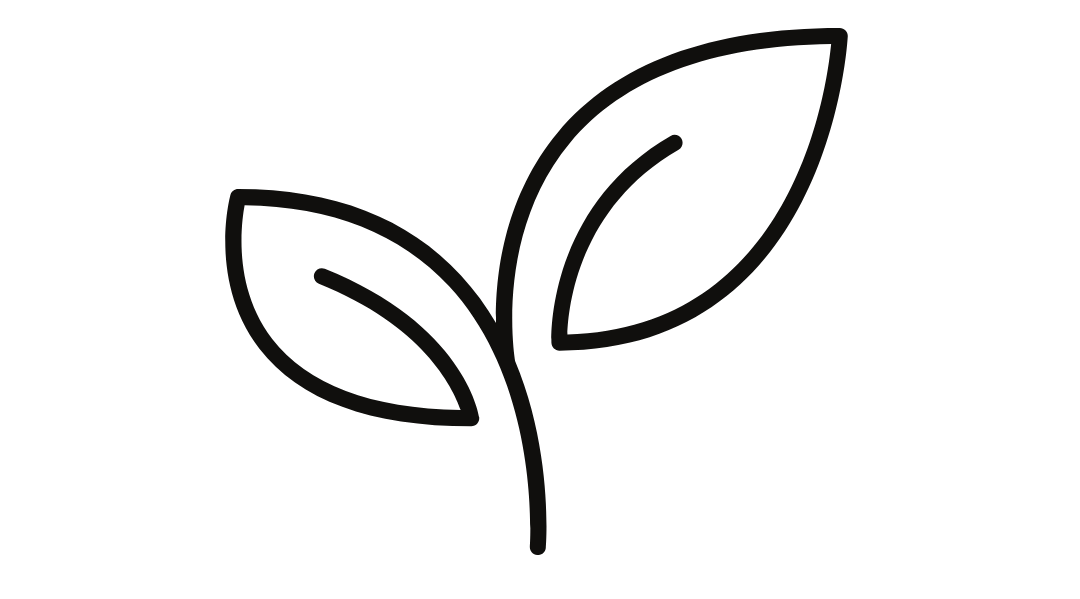Beyond Structures: Rethinking How Communities Build Resilience
How thinking like an ecosystem - rather than a machine - creates lasting resilience in regional Australia.
Happy new week Wayfinders,
Spring is in the air here - the scents and signs of a new season heralding renewal, change and opportunity 🌸🌱☀️ To appreciate it I’ve taken some time out to enjoy my garden and Uber my kids around during their school holidays. This has given me plenty of reflection time, during which a curious realisation struck me.
As you know if you’ve been reading along, I’ve been immersed in the world of systems thinking and how we create change in the systems in which we live and operate. I’ve also been drawing parallels between psychology - its models, language and practices - and systems change. My goal has been to use this translation process to generate a deeper understanding of what we mean by systems change and to explore how it works.
This week I had an ‘a ha’ moment.
I realised that when many people talk about systems change, they often mean changing structures - laws, policies, funding flows, and organisations that are involved in how a system, like a community, functions at an institutional level.
This is important but as a psychologist, I instinctively mean something different. When I think about systems change I’m thinking about complex adaptive systems - the living, evolving networks of people, relationships, and feedback loops that shape what happens every day and how we as humans experience it.
Both views matter. But if we want to strengthen communities, especially regional ones bound together over time, history and personal connection, complex adaptive systems thinking is essential.
Why structures aren’t enough
Regional places are sometimes described as “tight-knit” or “interconnected,” but those words can hide a lot of nuance. Families, sporting clubs, local businesses, and informal neighbourhood networks often carry more influence than official plans or programs. A policy can allocate funds or redraw boundaries, but it can’t on its own shift the trust, habits, and shared meaning that make a town thrive.
For me, complex systems thinking starts with seeing these relationships as infrastructure. To understand how a community works we have to look for the hidden feedback loops - how a small success in one corner of town might spark confidence and new ideas elsewhere, or how a long-standing tension can quietly block progress.
To help a community thrive we need to understand the culture and conditions that enable individuals to quietly step up to create change - a young person who launches a local arts event, or a small group that experiments with a new way to welcome newcomers. These acts of leadership often emerge without formal roles or funding, yet they spark wider participation and unexpected alliances.
In complex adaptive systems language, this is called emergence: new patterns and possibilities that arise from everyday interactions.
Communities as ecosystems
I like to picture a regional community as an ecosystem. Agriculturalists know you can’t “fix” an ecosystem by replacing a single species or adding fertiliser. You watch the interdependencies. You experiment. You create conditions for health and resilience to emerge.
In people-terms, we can:
Support micro-experiments like small, low-risk initiatives that teach as they go.
Build learning loops so communities adapt together, not in silos.
Value diversity and distributed leadership, because resilience grows when many voices and pathways can flourish.
These actions help to nudge complex systems towards change, working through relationships and feedback, not top-down rules or plans.
New pressures on old bonds
Right now the living connections in communities are being tested by a cascade of big systemic shifts. Regional Australia sits at the intersection of:
Climate impacts and the energy transition – changing rainfall, fire risk, and land use; rapid growth of wind, solar and hydrogen projects.
Population change – a “regional renaissance” of newcomers alongside ageing populations and youth out-migration, reshaping housing, health, and services.
Economic and technological upheaval – automation in farming and manufacturing, AI-enabled service delivery, and fluctuating global markets for food, resources, and tourism.
Cultural diversification – new migrant and refugee settlement and the continuing work of reconciliation with First Nations peoples.
Health and social cohesion challenges – from pandemic after-effects to rising loneliness and political polarisation.
Each of these forces interacts with the others, creating ripple effects that no single policy or program can fully predict or control. Complex adaptive systems thinking provides a map for this terrain. It helps leaders see connections, spot feedback loops, and design responses that can flex and evolve as conditions shift.
Added to this, these forces land in communities with deep histories, where the past shapes how new patterns emerge.
Honouring history while making space for renewal
For me, generational memory and the relational infrastructure of regional communities is a gift and a challenge. It anchors identity and belonging, but can also keep old conflicts or exclusions alive. A complex systems approach invites reflective conversations that surface these patterns without blame, creating space for fresh connections and new narratives.
None of this means ignoring structures. Policies, funding and formal governance still matter. But they are nested inside the living system, not the other way around. When we see that clearly, we design interventions differently: funding flexible pilots instead of rigid projects, measuring learning and trust alongside outputs, and investing in the “connective tissue” that allows ideas to spread.
An invitation
I’m sharing this reflection because I think regional communities have a head start. Their deep relationships and shared histories already carry many of the qualities that complex adaptive systems theory highlights. The opportunity—and the challenge—is to make those qualities visible and intentional, so that they become a source of resilience rather than an accidental advantage.
To spark the conversation, here are some questions we can sit with:
What would change if we stopped treating communities as machines to be fixed and started tending them as living systems to be nurtured?
What new opportunities - economic, ecological, cultural - might emerge if we looked for unexpected connections rather than linear plans?
Where could fresh partnerships or experiments reveal possibilities that traditional programs overlook?
What kinds of long-term investment - financial, social, and cultural - does your community need to build the ‘connective tissue’ required for adaptability and lasting resilience?
Complex challenges invite complex, creative responses. By looking at our communities as living systems, we open the door to more hopeful and durable ways of thriving together. It’s an ongoing conversation I look forward to continuing with you.
Thanks for reading and reflecting with me. As always, I’d love to hear your thoughts and local stories in the comments.
Onwards and upwards,




